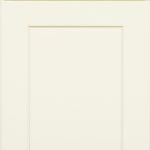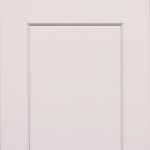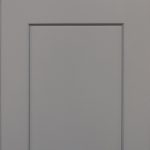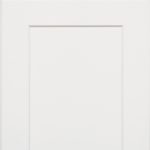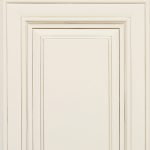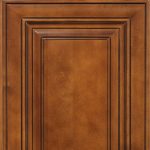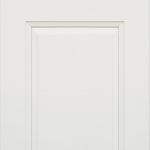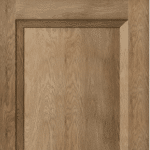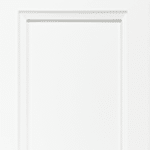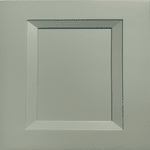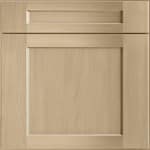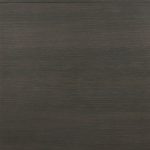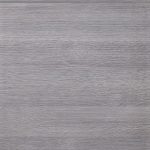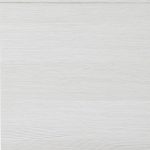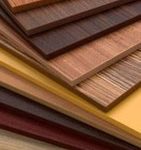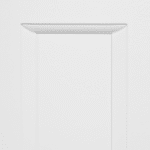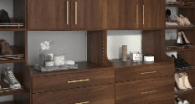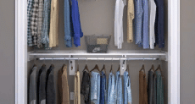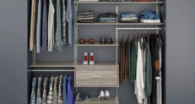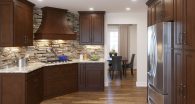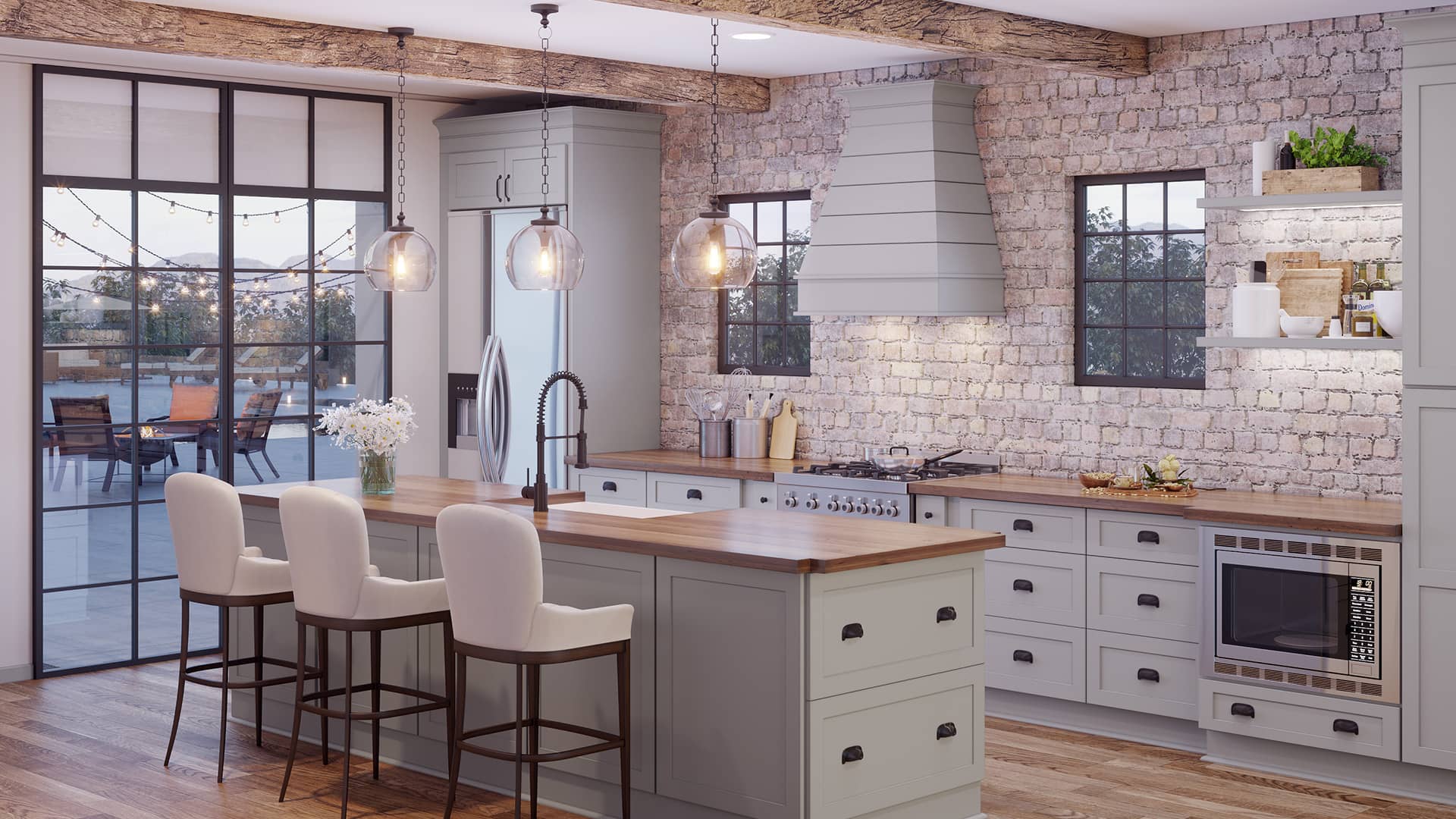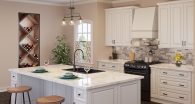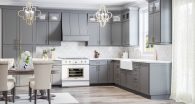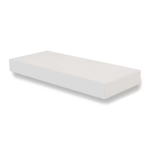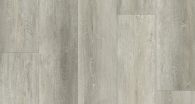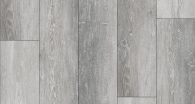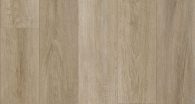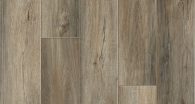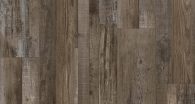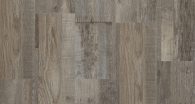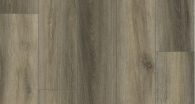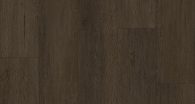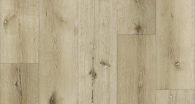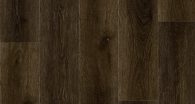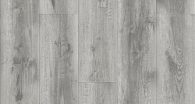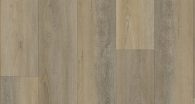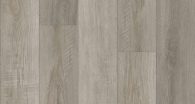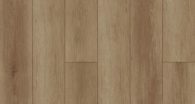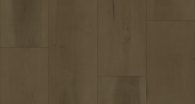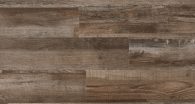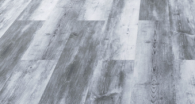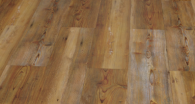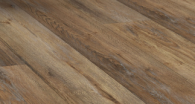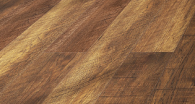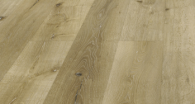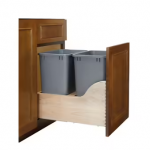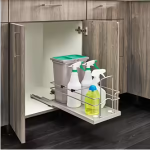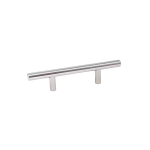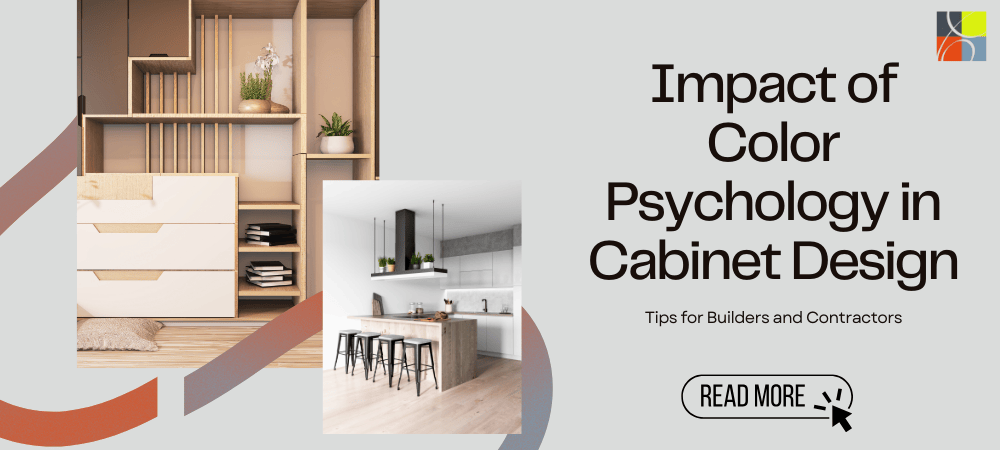Color shapes a space’s overall form and function in kitchen and bath design. Understanding how color choices in cabinet design affect projects can boost client satisfaction and lead to higher rates of success. Let’s explore the role of color psychology in cabinet design and provide tips for making the best choices.
- Understanding Color Psychology
As an industry professional, your understanding of color psychology, the study of how colors influence human emotions and behaviors, is crucial. Color choices can impact mood, perceived space, and even appetite; they can set the tone for the entire room.
- Neutral Colors: Shades of white, gray, and beige are timeless and versatile. They create a calm, spacious feel and are ideal for modern and minimalist designs. Neutrals provide a versatile backdrop for other design elements, making them popular in contemporary and traditional settings. In fact, 35% of real estate agents observe the broad appeal of neutral shades, while 60% of buyers prefer these colors.
- Bold Colors: Colors like navy blue, emerald green, and deep red add drama and personality. These hues make a strong statement and complement accent pieces or focal areas to infuse visual interest.
- Warm Colors: Tones such as caramel, terracotta, and honey convey a sense of warmth and coziness. Designers often choose these colors to create warm, cozy spaces. 18% of homeowners select yellow or warmer tones. Red and yellow can boost appetite by up to 20%.
- Cool Colors: Blues, greens, and grays evoke a sense of serenity and relaxation. Designers often use these colors in bathrooms and other areas to create a tranquil atmosphere. 40% of clients select cool colors because of the calming effects they emphasize. For example, 30% prefer blue cabinets for their soothing impact. Homeowners choose green cabinets 25% of the time for their restorative and refreshing qualities.
- Consider the Space and Lighting
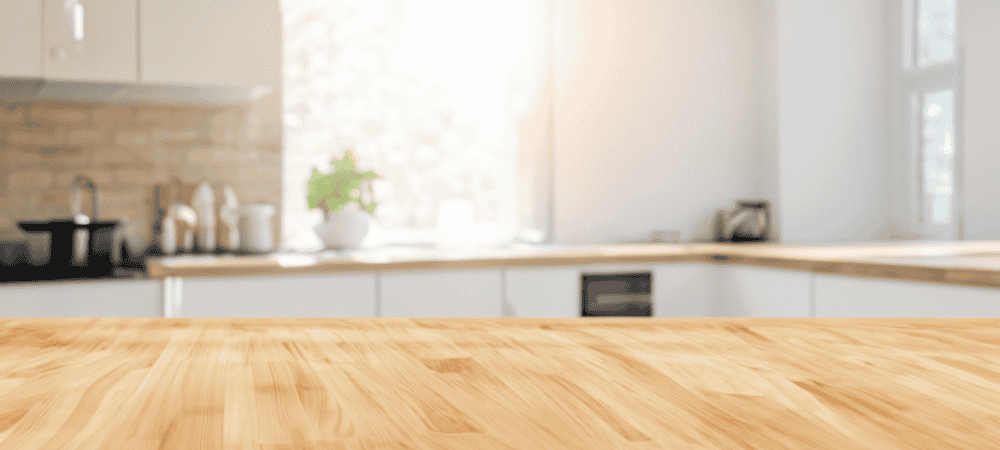
The impact of color can vary depending on the space and lighting. Here are some factors to consider:
- Room Size: Lighter colors can make a small room look larger and more open, while darker colors create a cozy, intimate feel.
- Natural Light: Rooms with plenty of natural light can utilize darker colors without feeling too closed in. On the other hand, rooms with limited natural light may benefit from lighter shades to brighten the space.
- Artificial Lighting: The type of artificial lighting can also affect how colors appear. Warm lighting can make colors look softer and more inviting, while cool lighting can enhance their vibrancy.
- Coordinate with Overall Design
Cabinet colors balance the overall design of the space. Consider these aspects when selecting colors:
- Countertops and Backsplashes: Make sure the cabinet colors harmonize with the countertops and backsplashes. Contrasting colors can create a dynamic look while coordinating colors can achieve a cohesive design.
- Flooring: The color of the cabinets should also complement the flooring. For example, dark cabinets can contrast beautifully with light floors, while light cabinets can blend seamlessly with darker floors, adding depth to the design.
- Wall Colors: The cabinet color should match or contrast the wall color to create a balanced and appealing design.
- Trends vs. Timeless Choices
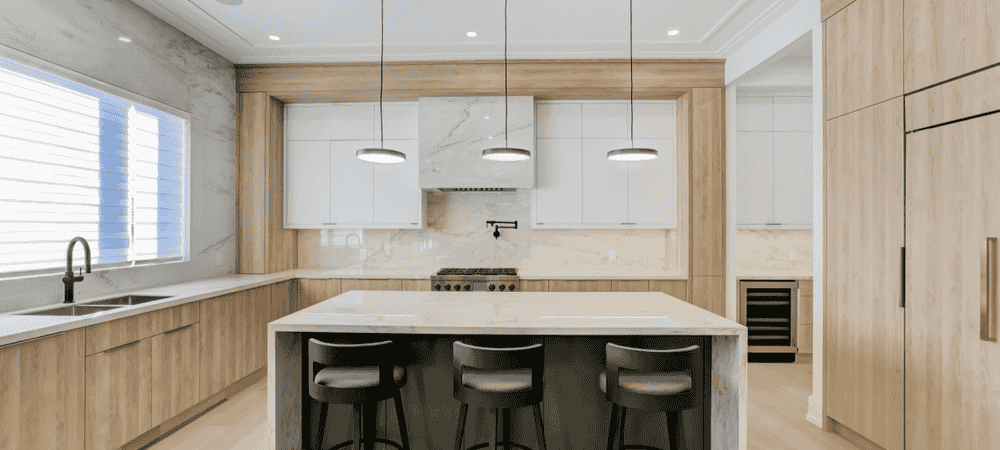
While it’s important to consider, timeless color choices often have lasting appeal. Trends change, so use trendy colors for accessories or paint and stick to timeless colors for cabinets.
- Timeless Choices: Classic colors like white, gray, and wood tones have everlasting appeal and can adapt to changing trends with simple updates. This guarantees that your design remains relevant over time.
- Client Preferences and Lifestyle
Ultimately, the client’s preferences decide the color choices:
- Personal Taste: Understand your client’s preferences and what they want to feel in their space. Engage them in the decision-making process to ensure their satisfaction.
- Practicality: Evaluate the functional implications of the color choices. Lighter colors can show more dirt and fingerprints, while darker colors may need more frequent cleaning to look good.
- Seasonal Considerations
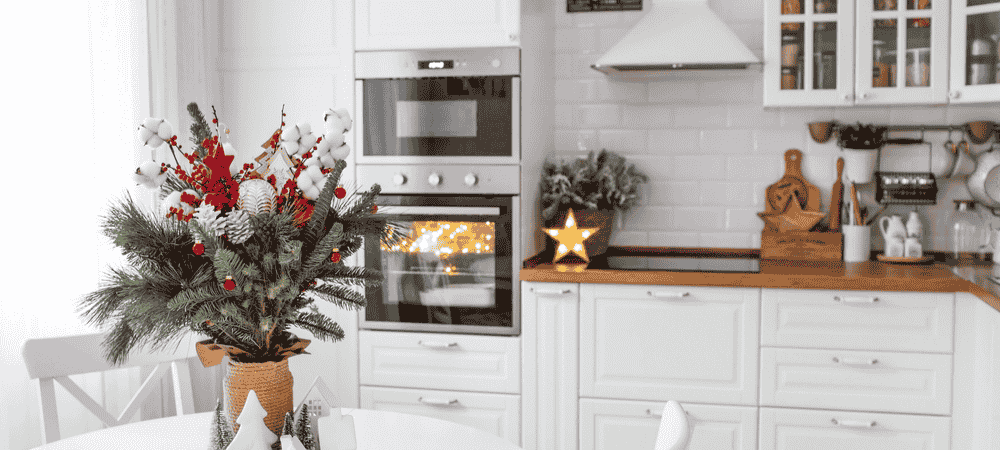
The time of year can influence color choices and design trends:
- Spring/Summer: Lighter and brighter colors often reflect the freshness of spring and summer. Consider using pastel hues or vibrant shades that mimic the season’s natural palette, from sunny yellow to sky blue.
- Fall/Winter: Rich, warm colors can complement the coziness associated with fall and winter. Think of deeper tones like burgundy, forest green, or burnt orange to create a warm and inviting atmosphere.
- Color Combinations and Schemes
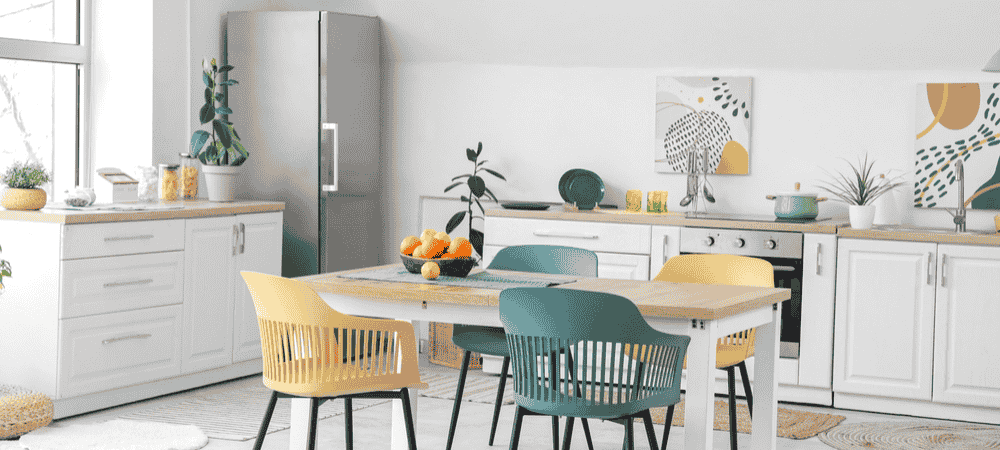
Effective use of color combinations can elevate cabinet design:
- Monochromatic Schemes: The flexibility of different shades of a single color can inspire a sophisticated and unified look. This is ideal for clients who prefer a streamlined, contemporary look and offers a blank canvas for creative expression.
- Analogous Schemes: Colors next to each other on the color wheel (like blue and green) blend well together, creating a calming, serene look. This approach works well for creating a cohesive environment that promotes relaxation and tranquility.
- Complementary Schemes: Colors opposite each other on the color wheel create high contrast and make a bold statement. This strategy is ideal for daring people who want to highlight specific areas with an adventurous color scheme.
Key Takeaways
Color choices in cabinet design significantly impact a space’s overall look and feel. When selecting cabinet colors, builders and contractors should consider color psychology, lighting, coordination with other design elements, trends, and client preferences. Understanding these factors helps you make better choices, enhance your projects, and make your clients happier.For more insights and tips on cabinet design, stay tuned to our blog at CabinetCorp!



